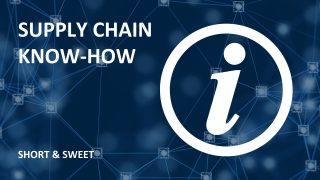
Create transparency.
Reduce inventory & costs!
With certainty.
Supply chain optimisation Abels & Kemmner Management Consulting
Inventory reduction
By better planning and controlling inventory, managers can reduce storage costs and free up capital that can be invested elsewhere.
Cost savings
Supply chain optimisation leads to significant cost savings by minimising inefficient processes, inventory and transportation costs.
Delivery capability
An optimised supply chain enables companies to improve delivery capabilities and ensure that products are delivered to customers on time, increasing customer satisfaction.
Risk minimisation
Effective supply chain optimization helps minimise risks caused by supplier problems, natural disasters or other unforeseen events.
Transparency
Modern supply chain management tools provide business leaders with greater visibility into their supply chain and enable advanced data analytics to make informed decisions.
Competitive advantage
Companies that successfully optimise their supply chain gain a competitive advantage by responding more quickly to market developments, providing better customer service and working more efficiently overall.
Innovation & Experience Abels & Kemmner Management Consulting
Supply Chain Experts
As a driver of innovation in logistics simulation and automation in supply chain management, we combine strategic and operational consulting with powerful digital methods. For several decades, we have been sustainably increasing the efficiency of supply chains through a data-driven and simulation-supported approach.
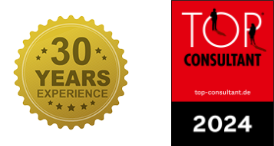
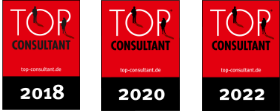
Multiple awards
Our clients include TOP100 performers from German SMEs and large-scale industry.
Our supply chain concepts have won several best practice awards.
Unlock the full potential of your supply chain!














































Supply chain optimisation
Maximise efficiency and minimise costs – our solutions for optimal supply chain performance.
more
Data-based simulation
Decide with certainty – Our precise simulations in the digital twin enable data-driven, risk-free strategies.
more
Our expertise
Trust in decades of experience – our expertise secures your path to an effective supply chain.
moreAnalyse, simulate & optimise
Analysis
Our analyses identify tailor-made optimisation potentials.
Simulation
Our simulation enables risk-free decisions.
Optimisation
Our strategies optimise your supply chain efficiently and sustainably.
Data-based simulation
using a digital twin
Services & Solutions
- All
- Distribution
- Finance & Controlling
- IT
- Production
- Purchasing & Procurement
- S&OP
for the best possible supply chain management
Non-binding inventory potential analyses!
The inventory potential analyses is an effective tool for production and retail companies to quickly identify inventory reduction potential using a combination of item master data and statistical analyses. It provides valuable information on earnings and liquidity potential as well as possible KPI improvements.


